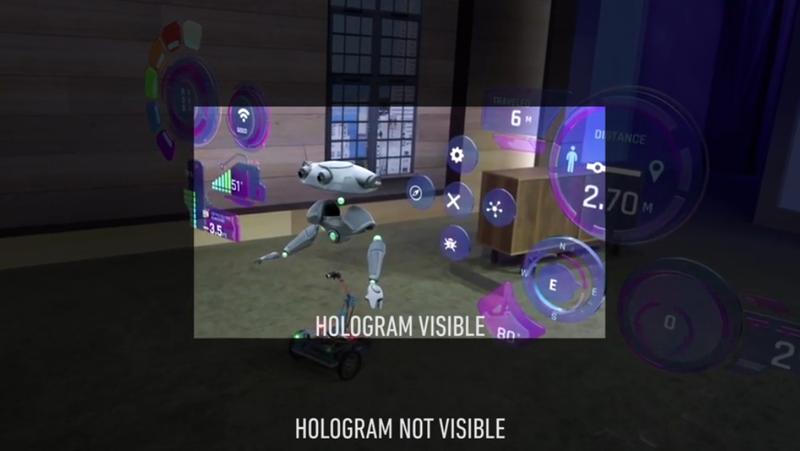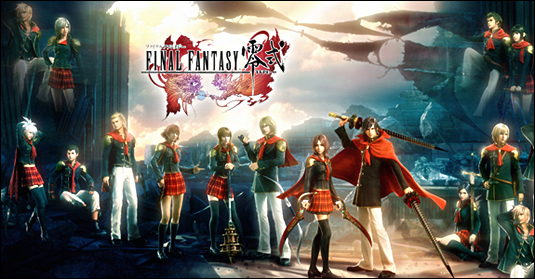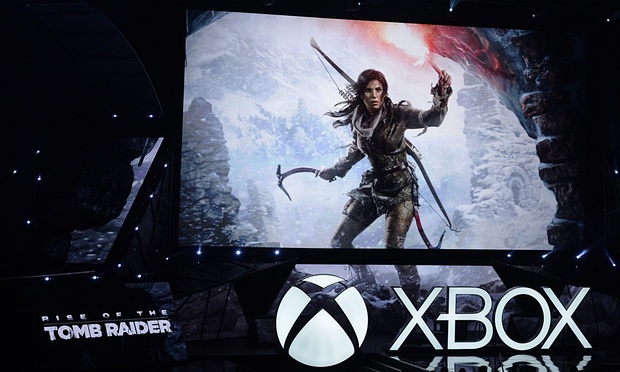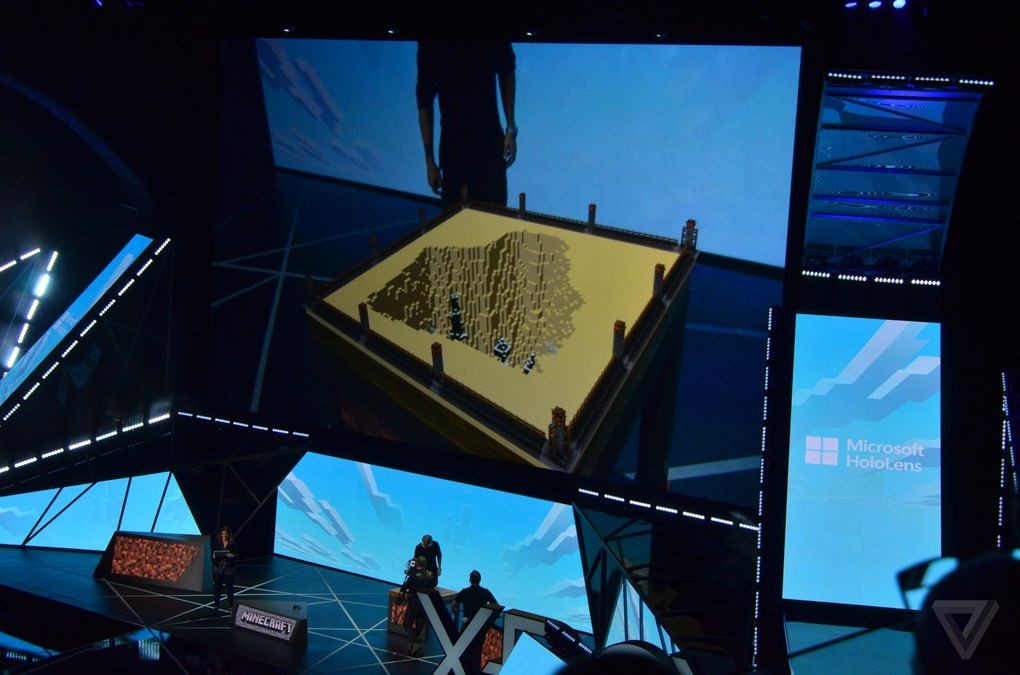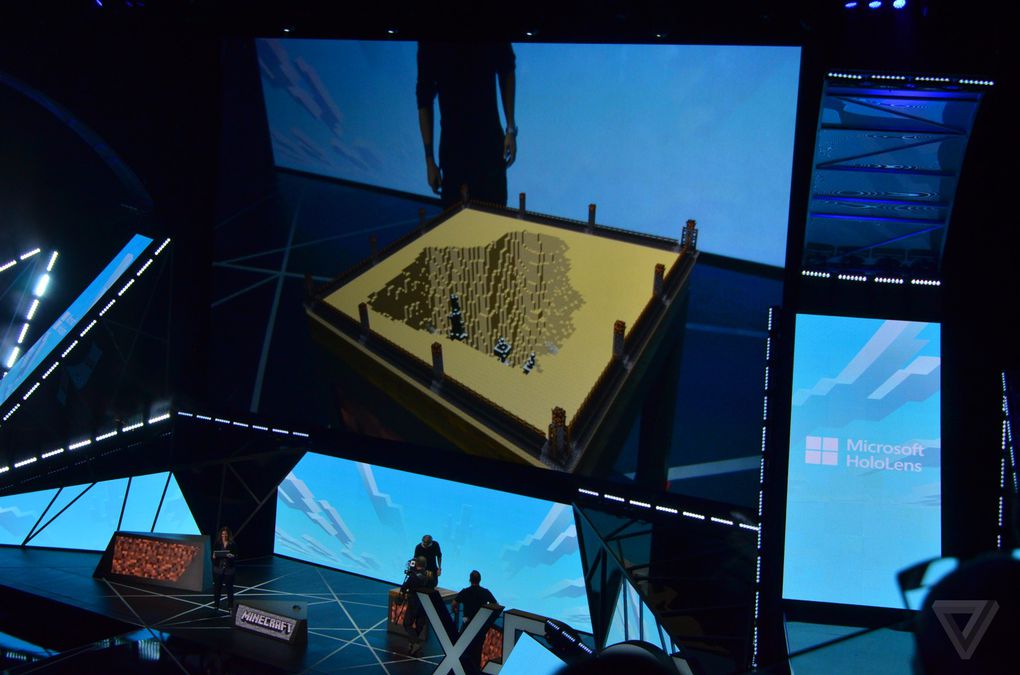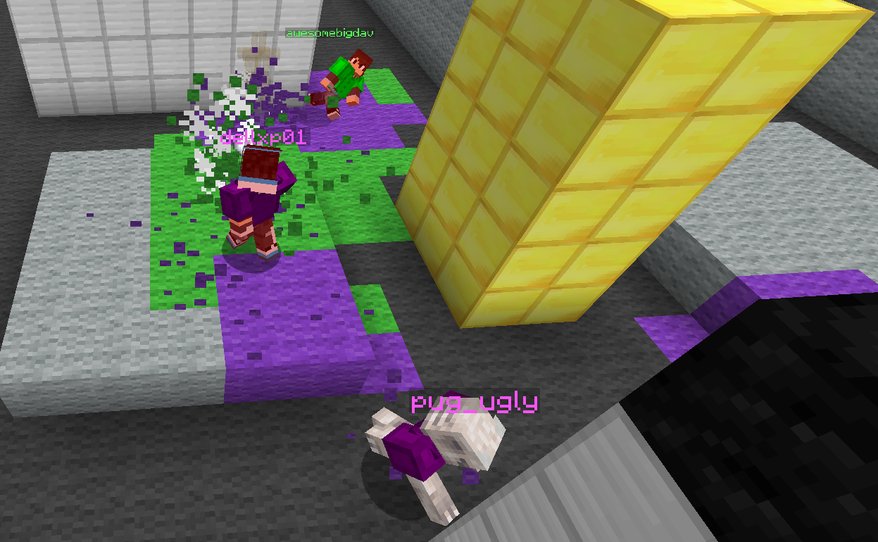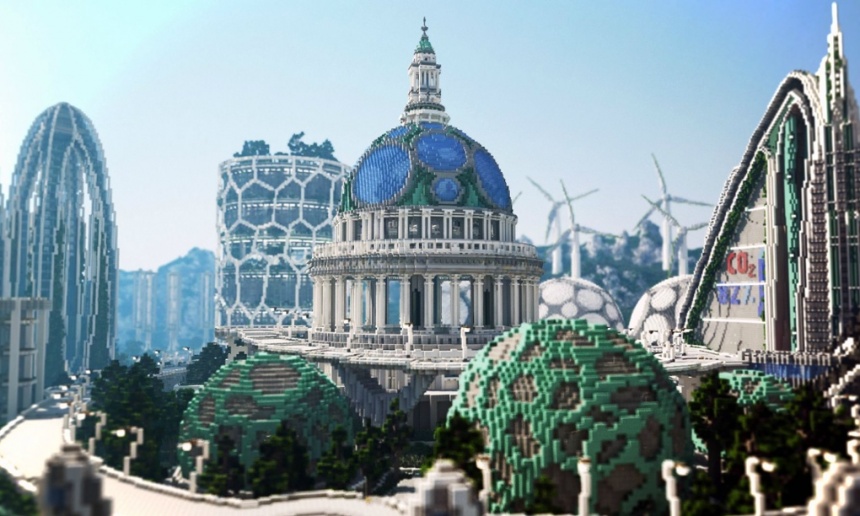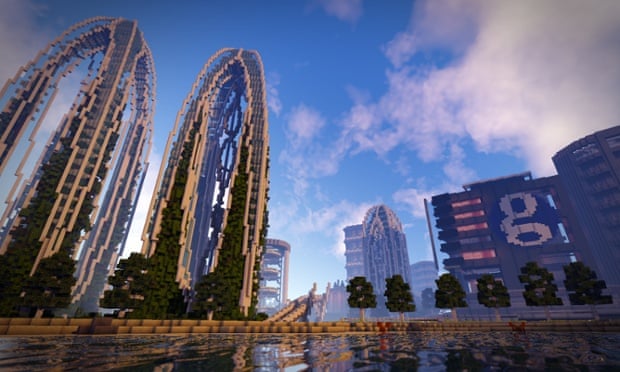Microsoft demoed a version of Minecraft during its press conference by shooting footage through the Hololens hardware connected to a camera.
The result was a magical look at the future of augmented reality, and the internet all but exploded when the footage was released. You can watch below.
The demo was legitimately amazing, and Microsoft is proving themselves to be the king of augmented reality. The hardware and software needed to deliver high-quality virtual reality is quickly maturing but according to many people I’ve spoken with in the development community, augmented reality is a tangled mess of unsolved problems that may prove much harder to fix than virtual reality.
Microsoft deserves a ton of credit for creating this technology and showing onstage that it is, in fact, real.
All that being said, you may need to rein in the hype-train just a bit. That demo was incredibly misleading.
What is HoloLens?
HoloLens is a self-contained piece of equipment that paints the world around you with what appear to be holograms. You can see and interact with virtual objects as if they were real. Imagine a technology that allowed you to cover a wall with a virtual screen, or create three-dimensional objects out of thin air to manipulate in real time.
The videos all show a version of reality that seems to wrap around the viewer, covering your field of view with the augmented reality display. The illusion seems to be complete; you can surround yourself with holograms!
The reality is a bit more limited. This is a hands-on report of what it’s actually like to use the technology from our sister publication, The Verge.
That video is interesting in general, but take a look at this visualization of the actual field of view in the current HoloLens hardware.

This field of view issue is brought up in nearly every hands-on with the hardware, and we were able to check out the hardware at E3.
“The virtual screen was about the size of a deck of cards if you held it in front of your eyes with your arm half-extended,” our own Brian Crecente wrote. “It sounds small, and in some cases, including once you first put it on, it looks small. But once you get into the experience of playing a game with it, the size issue seems to fade away.”
Crecente didn’t have a big problem with the field of view, but almost every other write-up of the technology also brought up the tiny field of view.
“The one disappointment for me in trying HoloLens was that the field of view was very limited,” TechCrunch stated. “This was not a totally immersive experience because objects would get cut off long before you would naturally expect them to drop out of sight. Some of the writers who saw Microsoft’s first demo told me that they felt the viewing angle on these new devices was smaller than during the first demo. I can’t verify that, though.”
Compare these reports and the image above with the videos Microsoft have released.
Here’s another write-up from TechRadar. “The biggest issue with HoloLens’ holographic viewing is the holograph is limited to what amounts to the size of a large monitor in front of you,” the site reported. “You can see the edges of the virtual space where the hologram lives (which are basically the edges of the inner HoloLens frames), and looking outside that space, or moving too close into it, cuts the the hologram off or makes it disappear completely.”
The illusion of HoloLens isn’t nearly as effective as the E3 demo and promotional videos would have you believe, although this is a technology that will be constantly updated before it’s released to the public. For now though, what Microsoft is selling on video doesn’t quite exist in the real world.
That’s not saying the technology isn’t impressive. “It was captivating to stand at the edge of a table and watch a diminutive square-headed figure, sharp in its precision and color, ride a minecart down a steep hill and out of my view,” Crecente wrote in his preview of Minecraft. “I was also able to pull the world up by its trees and rocky landscape, peering into the underworld of the map and then use my finger and voice to mark a target.”
It’s fine to get excited, our collective jaws dropped when we watched the Minecraft demo as well. Microsoft is clearly leading the charge with what’s possible in augmented reality, and the company is solving very complicated problems better than anyone else today.
But it’s also important to realize the current state of the technology isn’t nearly as effective as Microsoft would have you believe.
